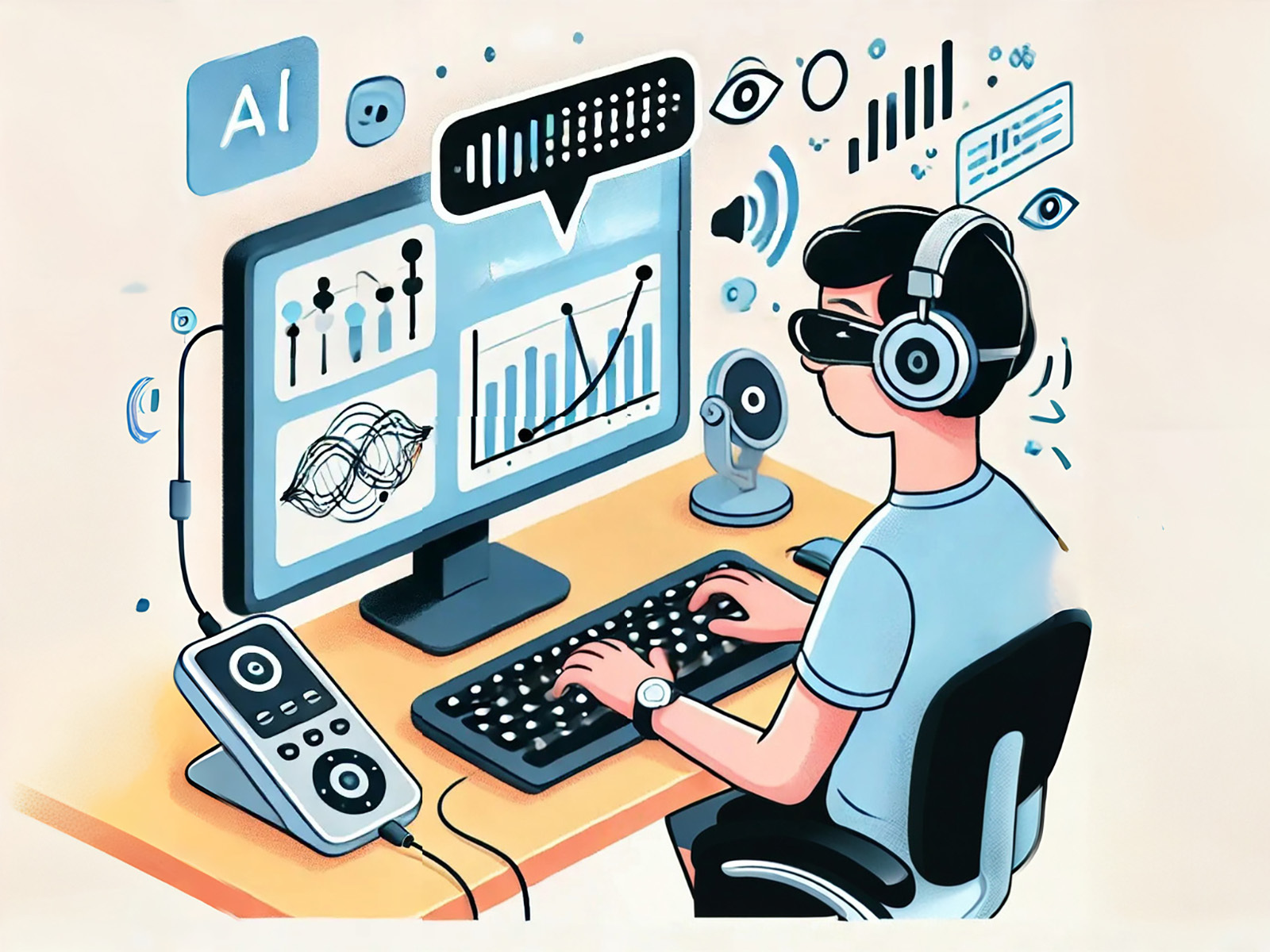Artificial Intelligence Education for Virtual Schools (AI4VS)
Importance
Artificial intelligence (AI) is transforming our world and reshaping the workforce, impacting people whose jobs can be replaced or redefined by AI systems. The wealth generated by AI advancement is unevenly distributed across different demographic groups, exacerbating existing inequities in society. Inequalities arising from current AI development are partially rooted in the unequal access to AI educational opportunities.
K-12 is the critical stage for young people to develop artificial intelligence literacy and interest in AI-related careers. AI literacy is a set of competencies that enables individuals to critically evaluate AI technologies; communicate and collaborate effectively with AI; and use AI as a tool online, at home, and in the workplace. This five-year project will develop a year-long AI supplemental certificate program, which will be integrated in high school math courses. The goals are to provide high-needs students the opportunity to develop AI literacy and self-efficacy in solving problems using AI and learning AI topics, and to simultaneously improve their math learning and attitudes toward math.
This project defines high-needs students as female or racial/ethnic minority students underrepresented in the computing field and underserved students who are economically disadvantaged, living in remote rural areas, or enrolled in under-resourced schools. To broaden its access to high-needs students, the AI in Math curriculum materials will be designed for self-directed virtual learners and suitable for virtual schools to utilize.
Research
Project research will address the following questions:
- What is the impact of AI in Math on students’ AI self-efficacy?
- What is the impact of AI in Math on students’ attitudes toward math?
- What is the impact of AI in Math on students’ AI literacy?
- What is the impact of AI in Math on students’ math achievement?
- To what extent is the impact of AI in Math on students’ AI self-efficacy, attitudes towards math, AI literacy, and math achievement outcomes moderated by student characteristics and by implementation fidelity?
- To what extent is AI in Math implemented with fidelity?
- What are the factors that hinder or facilitate the implementation of AI in Math?







